One of the milestones that most parents are terrified of is how to teach their children to use the toilet. Potty training is probably one of the most discussed problems on the web with many tips and tricks on how to do it.
The truth is that there is no right or wrong answer or approach to this activity as each individual child has their own specificities and preferences. There is also a difference in potty training for girls and boys, twins or children with special needs.
Still, it is useful to know which are the most popular approaches to potty training and more precisely what is the average age and some practical tips for potty training boys. The guide below will arm you with the information that you need to successfully cope with this activity and be able to proudly say to the world: “My son is potty-trained!”
When to start potty training?
The biggest issue for the parents is how to determine the right age for potty-training their kids. Some are concerned that they have started too early, others are afraid that they are too late and are wondering what the effects may be.
Here are a few facts that can guide you when physically your child is ready to be potty trained. According to the Johns Hopkins Medicine website, the average age for toilet training is 27 months. This is based on the fact that the child should be able to control bowel and bladder muscles – an ability that is a result of proper growth and development. Here are in a nutshell the phases that a child passes through:
- Under 12 months – the child has no control over bowel and bladder movements
- Between 12 and 18 months – children start to develop some control over bowel and bladder muscles but it is still too limited
- 24-30 months – most children have certain control over bowel and bladder movements but still, some may have struggles.
Given this information, it is safe to assume that starting to potty train your kid prior to the age of one year or even 18 months is not going to yield the desired results. It may be frustrating both for the child and the parent. Still, each kid follows their own developmental cycle and in order to decide whether it is time to potty train them, you need to pay attention to the signs of readiness they show, their skills and ability to focus on the task.
Surprising facts about potty training
Potty training is a topic that is wildly discussed but still, there are a few facts that might surprise you.
- Do you know that there is little scientific research on potty training? Most of the information that we come across, especially on the internet, is lay literature. There are very few scientific studies done on potty training concerning actual age to start and steps to go through.
- The average age of potty-training rises. Back in the 1940s the average age for a kid to be potty trained was 18 months. A research conducted in the United States in 2001 by Schum revealed that the average age for potty-trained girls was 35 months, while that of boys was 39 months.
- Chronological age is most often considered as the magical right time to get rid of the diapers. Many parents set unrealistic goals that their kid should be potty trained by 18 or 24 months taking only the number as their guide. Failing to consider the psychological and emotional signs along with the physiological ones is a sure sign of failure in the undertaking.
- Potty-training does not affect personality. Many people believe that if they delay potty training, this may turn their kids into slobs, others are concerned that an earlier training will make the child literary a compulsive cleaner. Despite the fact that forcing a child to use the potty may have some negative effects on their health or development, it won’t affect their personality.
- Bed-wetting may occur till a later age despite an earlier potty training. Many children wet the bed at the age of 3 and some do it at the age of 7 as well. In order to stay dry at night, children need to produce a special hormone that signals the body not to produce urine at night. The hormone production happens when it happens and has nothing to do with the age the kid was potty trained.
Do boys need more time than girls to potty train?
There is a difference between the time girls and boys need to be potty trained. While there are a few factors that can provide some explanation of this fact, most of the experts do not engage with giving one precise answer as to why this happens.
It is interesting to note that most of the kids are potty trained by the age of 3. While the overall average age stands between 24 and 27 months, however, the average age for boys to be potty trained is a bit higher and is determined as 31 months. Some of the factors that can affect the longer potty-training period for boys include:
- The fact that usually the mother is the primarily potty-trainer in the family. We all know that children learn best by copying us and in this sense, little girls have the perfect role model to copy, while boys need to figure out how to perform the same activity but with different equipment.
- The fact that potty training is a two-step process for boys. Boys initially learn to pee and poop while sitting and afterward they need to master the art of peeing while standing up. Even if the father helps with potty training to serve as a model, still these are two separate skills that need to be acquired by boys.
The conclusion here is that you should not worry if your friend’s girl is already potty trained while your boy is not interested at all in the process. Make sure to follow his own signs and once he is ready to use the toilet the process will happen much easier.
How to determine that my boy is ready to be potty-trained?
While age can give us some guidelines as to when we shall start to potty train our kids, there are some other factors that are more significant. Note that trying to potty train a boy who is not ready is a sure disaster. He will be unwilling to cooperate and the overall process may take much longer. Therefore, make sure to wait until you see at least some of these signs, showing that your son is ready to use the potty:
- Crossing legs or holding his genitals show that his bladder needs to empty and he is aware of that
- Showing interest in the potty
- Trying to imitate parents or siblings
- Having longer periods of dry diapers
- Waking up dry after a nap
- Demanding his diaper to be changed once wetted
- Being able to follow simple instructions
- Being able to verbally express what he wants or needs
- Having a desire to please and receive praise
- Showing more independence
- Being able to put down and up his pants
- Showing interest in underwear for grown-up kids
The above-listed signs reveal that your boy is ready to be potty trained. Showing some or all of them, however, does not mean that he will learn using the potty in three days as some methods promise. Be patient and follow his pace. Offer a lot of praise and support and be tolerant to accidents when they happen. Remember that it is a process that takes time and do not rush him.
Usually, it takes between 3 to 6 months to potty train your boy. Afterwards, he will be able to stay dry throughout the day and naps but may still wet the bed at night. Bedtime potty training takes a bit longer but in general, a 6-year old boy should be able to stay dry throughout the night as well.
Average age for bedtime potty training
Daytime and bedtime potty training are actually two different skills that your boy needs to acquire. Even though your boy is potty trained, he still may need more time to stay dry at night. The average age for becoming nighttime potty-trained is between 4 and 5 years of age but some kids may wet the bed at 6 or 7 as well. If you believe that there is a reason for concern, it is a good idea to consult your pediatrician.
Potty-training tips for boys
When it comes to potty training a boy, many parents wonder whether he should learn to pee standing up at the very beginning or not. The answer to this question is no since quite often urine and bowel movements come at one and the same time. Thus, it is better to have your boy sitting for both of them. The lesson he learns is that both poo and pee belong to the potty.
Some of the tips to follow while potty-training a boy include:
- Place him on the potty fully clothed so that he gets used to sitting there
- Place him on the potty once you have changed the diaper
- Place him on the potty upon a schedule – after a nap, after a meal, before going out, etc.
- Look for signs that his bowels or bladder need to be emptied and place him on the potty
- Remind him to use the potty
Choosing a potty in his favorite colors or resembling a favorite toy is also a good trick to attract your boy’s attention to it.
How to teach a boy to pee standing up?
Once your boy is potty-trained and out of the diaper, it is time to also teach him how to pee standing up. The best way to do that is by turning it into a funny game. You have two main options:
- Use your own toilet bowl
Given that your boy is tall enough to effectively aim at the toilet bowl, you can use it to teach him peeing while standing up. One of the hardest things for your little one may be to aim, so you can make it a fun challenge. Place aims on the toilet bowl that he needs to take down using his stream of urine. You can purchase special toilet targets or you can use small pieces of cereal for example.
- Use a baby urinal
Quite often your toddler is not tall enough to use the toilet bowl and then it is a good idea to use a baby urinal. The Frog Baby Urinal is one of the most exciting potty-training products on the market that is suitable for boys between 8 months and 6 years. The main advantage is that you can fix it on the wall using strong suckers to match the height of your kid. The Frog is funny and friendly and comes in great bright colors that attract the attention. Your boy learns how to aim without realizing it simply by having fun with the rotating windmill placed in the center of the urinal. The urinal is also easy to clean and maintain and is the perfect size for a little boy.
Remember that potty-training is an important phase for your little one and he needs to be prepared both physically and emotionally for it. Take into account his age and look for the signs that he is ready. Keep in mind that boys may potty train a bit later or slower than girls and make sure to offer them a lot of praise and support.
Here are the links to the products that you need to get the job done:
-
 Frog Baby Urinal
Frog Baby Urinal$24.99Original price was: $24.99.$19.99Current price is: $19.99. -
 Reusable Baby Cloth Diapers$9.99
Reusable Baby Cloth Diapers$9.99 -
 Travel Potty Training For Kids$14.99
Travel Potty Training For Kids$14.99





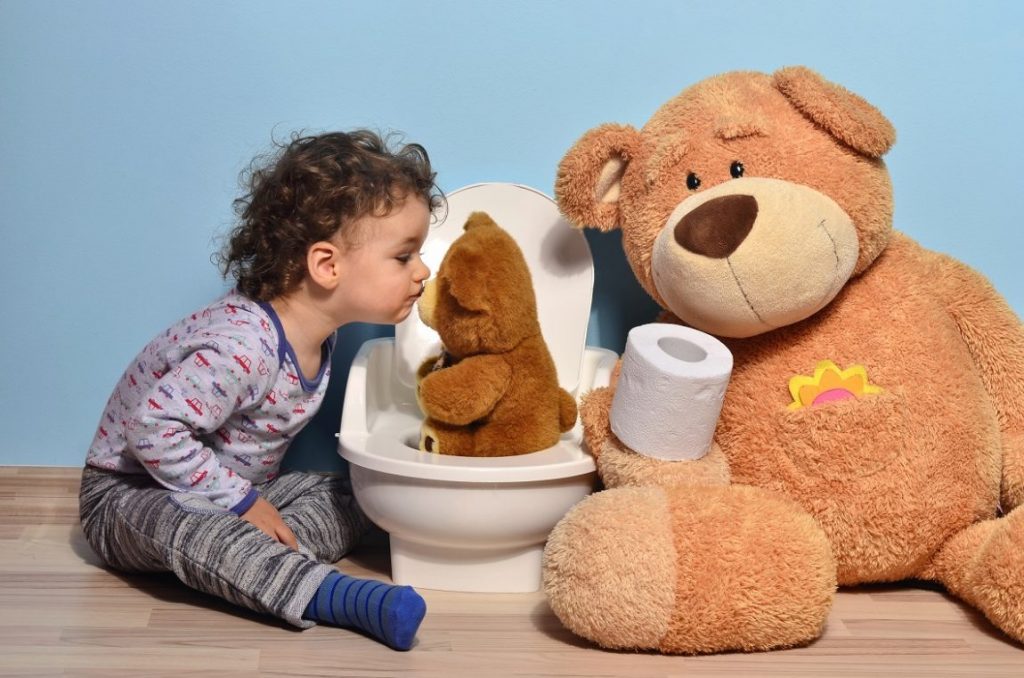




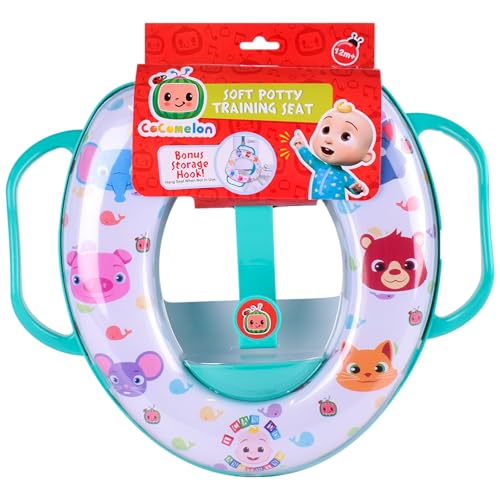
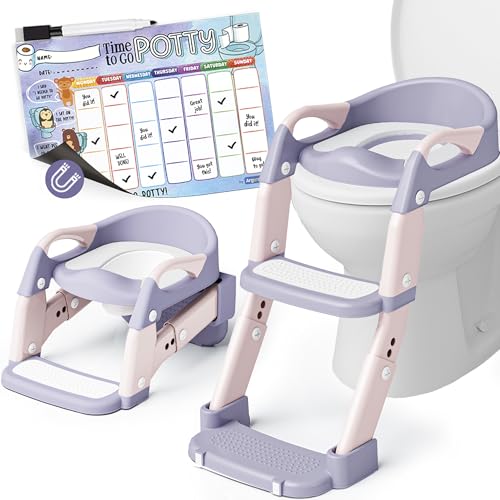
























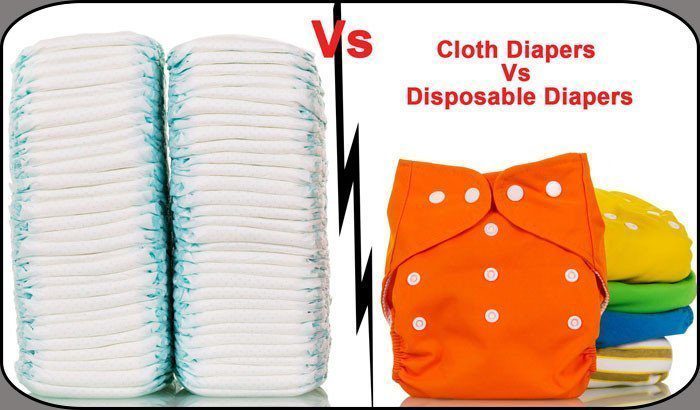



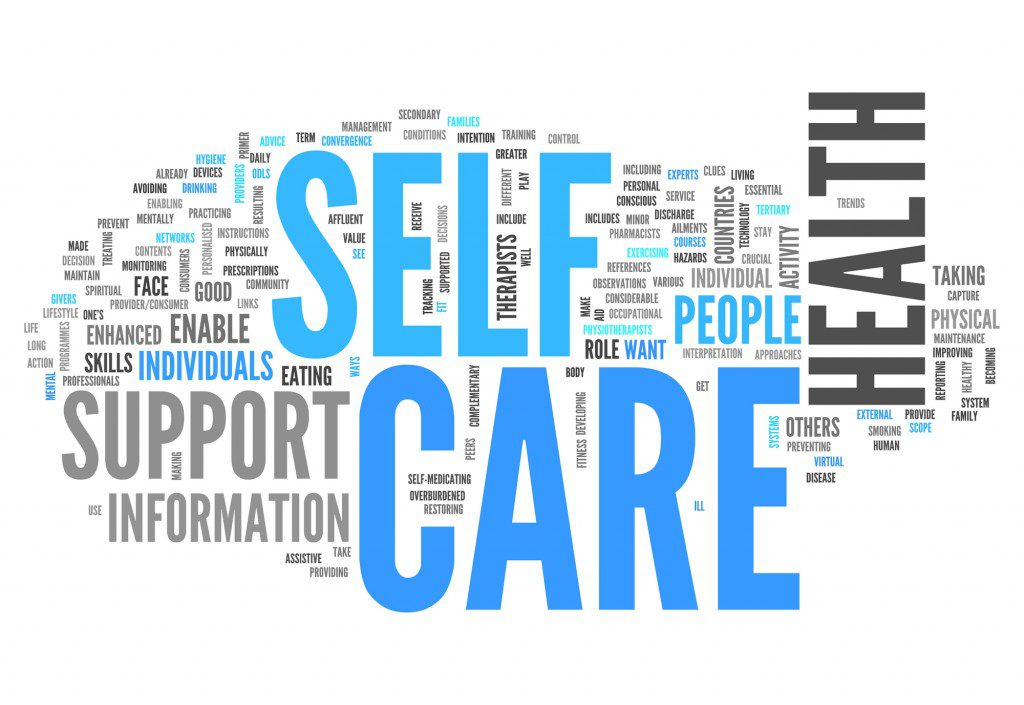






4 Responses
I have learn a lot from this article. My baby boy have start potty training at age of 15 months old.
Really helpful content. Thanks.
I’m still not convinced that it’s necessary to teach my son to stand while peeing. I think that it’s fine for now to sit on toilet while Urinating. I believe he will learn to teach himself to stand on his own when he is older He’s only 3 sitting will be fine for now. The kiddy urinal is a waste of money!!!
My husband still pees seated because he prefers that! He obviously is capable of standing but thinks it’s cleaner to sit. I agree 😝
Thank you for providing such an informative and quality content. Good work keep it up